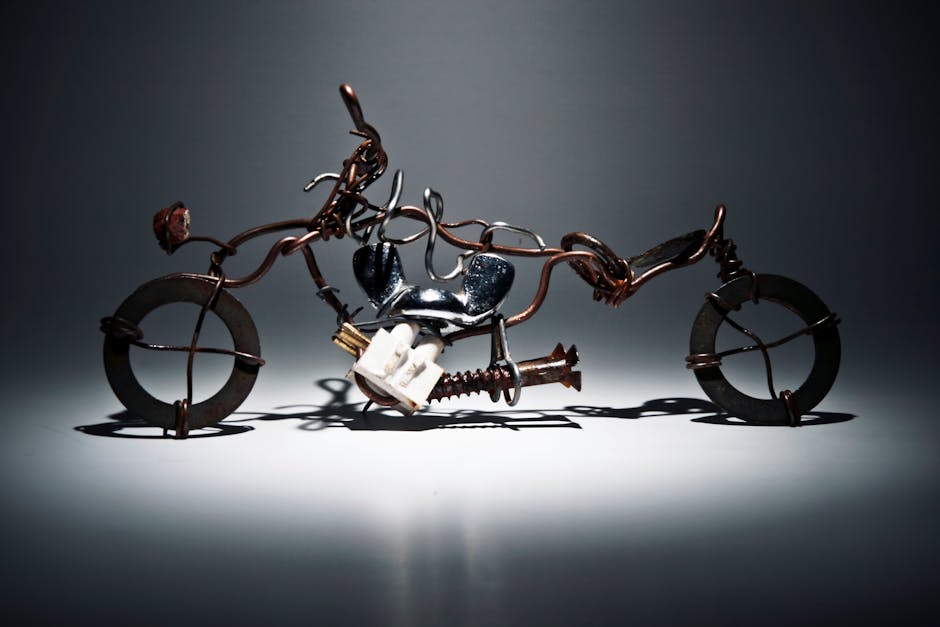
Imagine an artist today proudly declaring their latest masterpiece is an exact replica of another’s work, slightly altered, and expecting accolades. In our contemporary understanding, such a declaration might invite accusations of plagiarism rather than praise for original art. We cherish the unique, the groundbreaking, the singular vision of the artist as the pinnacle of creativity. But what if this deeply ingrained notion of originality is a relatively recent invention, and for much of history, copying was not just accepted, but actively encouraged as a primary pathway to artistic innovation?
For centuries, the act of reproduction was not a deviation from the artistic path; it was the path. It served as a fundamental pedagogical tool, a means of cultural dissemination, and even a profound form of artistic dialogue. To understand how copying became an original artistic innovation, we must travel back through the annals of art history, examining how artists learned, shared, and evolved their craft.
The journey begins in the workshops of antiquity. In ancient Egypt, Greece, and Rome, artists learned their trade through rigorous apprenticeship. A young aspirant would join a master’s studio, starting with the most basic tasks, like grinding pigments or preparing surfaces. Crucially, a significant part of their training involved replicating existing works. Whether it was meticulously copying fresco details, tracing compositional structures, or chiseling duplicates of master sculptures, this practice instilled foundational skills: proportion, anatomy, perspective, and material mastery. These copies were not considered lesser; they were proof of skill, a demonstration of an artist’s capacity to absorb and embody the established aesthetic principles of their time.
This tradition continued robustly into the Renaissance, an era often celebrated for its artistic breakthroughs. Masters like Raphael, Michelangelo, and Leonardo da Vinci all began their careers as apprentices, diligently reproducing the drawings and paintings of their predecessors and mentors. Michelangelo famously copied frescoes by Masaccio, learning to render human form with unprecedented realism. Similarly, aspiring painting students would meticulously copy plaster casts of classical sculptures, internalizing the ideals of beauty and human proportion that defined the era. This was not about generating novel ideas from scratch; it was about understanding the language of art so intimately that one could then speak it fluently, and eventually, expand its vocabulary.
Beyond pedagogy, copying played a vital role in the preservation and dissemination of artistic knowledge and styles before the advent of photography. Consider the Roman copies of Greek sculptures. Many iconic Greek works, created in bronze, were lost to time or melted down. It is often through their Roman marble copies that we know them today. These copies weren’t just rote reproductions; they often involved interpretations, adjustments to scale, or shifts in material, demonstrating a nuanced interaction with the original. Similarly, patrons unable to travel to see a famous artwork might commission an artist to create a copy for their personal collection, ensuring the spread of iconic imagery and artistic trends across geographies. This practice kept artistic ideas alive and circulating, allowing future generations of artists to engage with them.
Over time, this act of imitation began to morph into something more sophisticated: reinterpretation and commentary. Artists started to copy not just to learn, but to engage in a dialogue with history, to critique, or to build upon existing foundations. Edouard Manet’s “Déjeuner sur l’herbe” (1863), for instance, directly references compositions from Raphael and Giorgione. Manet wasn’t merely copying; he was deliberately placing classical forms into a scandalous contemporary context, challenging academic conventions, and pushing the boundaries of what painting could achieve. Decades later, Pablo Picasso, throughout his career, created numerous series of paintings that were direct reinterpretations of masterpieces by artists like Velázquez (“Las Meninas”) and Delacroix (“Women of Algiers”). These were not attempts to recreate the original but rather profound explorations of its structure, color, and emotional resonance, filtering them through his own revolutionary artistic lens. In these instances, copying became a catalyst for groundbreaking creativity.
The shift in how we perceive originality began to accelerate in the Romantic era, emphasizing individual genius and emotional expression, and further intensified with the rise of modernism. The concept of intellectual property became more formalized, and the idea of a singular, unique artist whose vision was entirely their own took precedence. Copying, once a noble pursuit, began to be viewed with suspicion, associated with lack of creativity or worse, outright theft. This profound change in perspective has largely shaped our contemporary art world, where novelty is often prized above all else.
Yet, understanding the historical lineage of copying in art offers a richer, more nuanced view of creativity. It reminds us that artistic innovation is rarely born in a vacuum. It often emerges from a deep engagement with tradition, a meticulous understanding of existing forms, and a willingness to stand on the shoulders of giants—sometimes, by carefully mimicking their stride. Perhaps the truest mark of an artist is not just what they create anew, but how profoundly they understand and transform what has come before, turning imitation into its own unique form of invention.